LUM: UM's science and society magazine
Generative AI, symbolic AI, deep learning, neural networks... To better understand the contours of the unavoidable artificial intelligence, Lum invites you to dive into its methods, explore its scientific and social uses, and also examine its limitations.

Artificial intelligence is now indispensable in research. Not only because it increases research capabilities by speeding up certain tasks, but also because it is itself a subject of research that the University of Montpellier has fully embraced.
This22nd issue of Lum magazine naturally offers you a better understanding of artificial intelligence. First, in the first part devoted to methods, we explain what AI is, a question to which there are as many answers as there are people. What are neural networks, machine learning, federated learning, and symbolic AI? In this section, Lum breaks down the basics of AI with the computer scientists and mathematicians who are at the heart of the reactor.
The second section looks at the uses of AI, which can be an unexpected ally in artistic creation, or an innovative tool for better understanding communication among mandrills. At UM, AI is also used to predict concrete cracking, detect fake news, and study glaciers.
Finally, the third part questions the social uses of AI, its contributions to debate, for example. It also questions its limitations, as it is a technology that consumes a lot of energy and data. This part also raises the pressing question of the place of AI in higher education and its proper use by students.
Contemplate these AI portraits while reading the 22nd issue of Lum magazine in its enhanced version, which gives you access to UM podcasts: A l’UM la science and Lumlu.
All issues of Lum
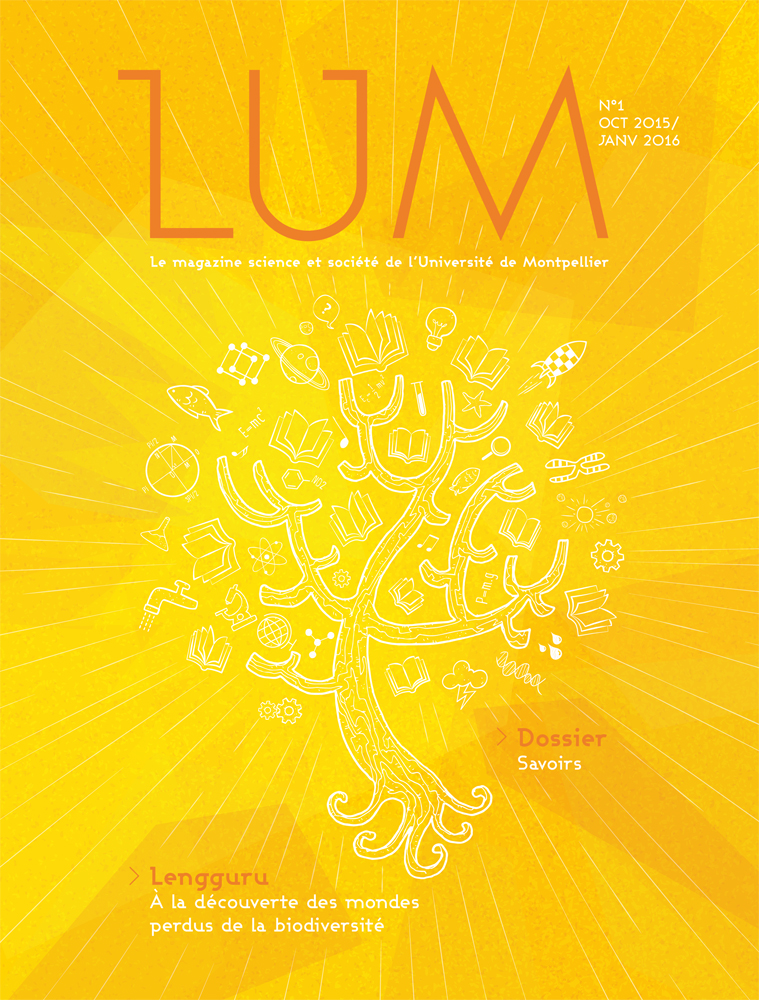
October 2015 – January 2016
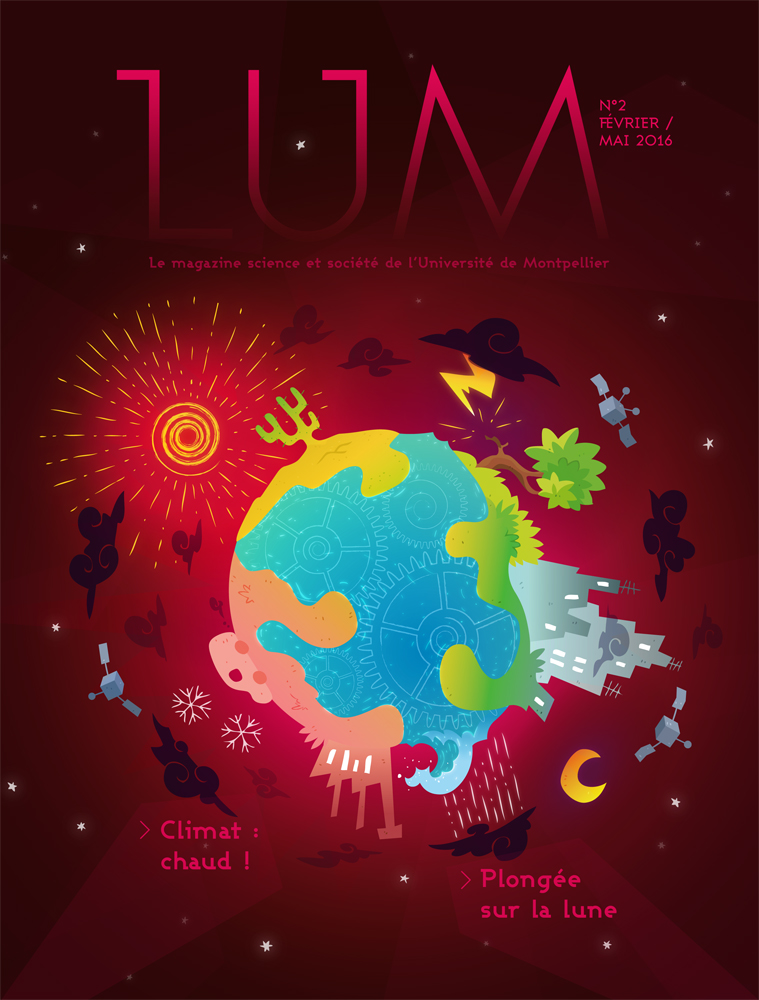

June–September 2016

October 2016 – January 2017
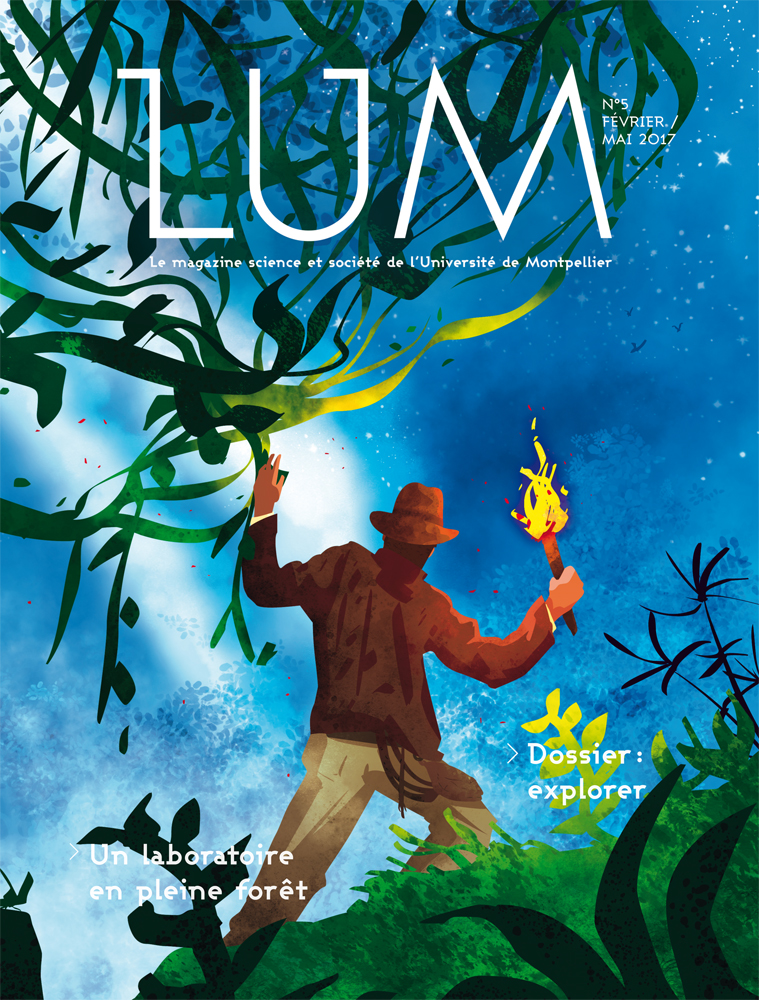
February–May 2017
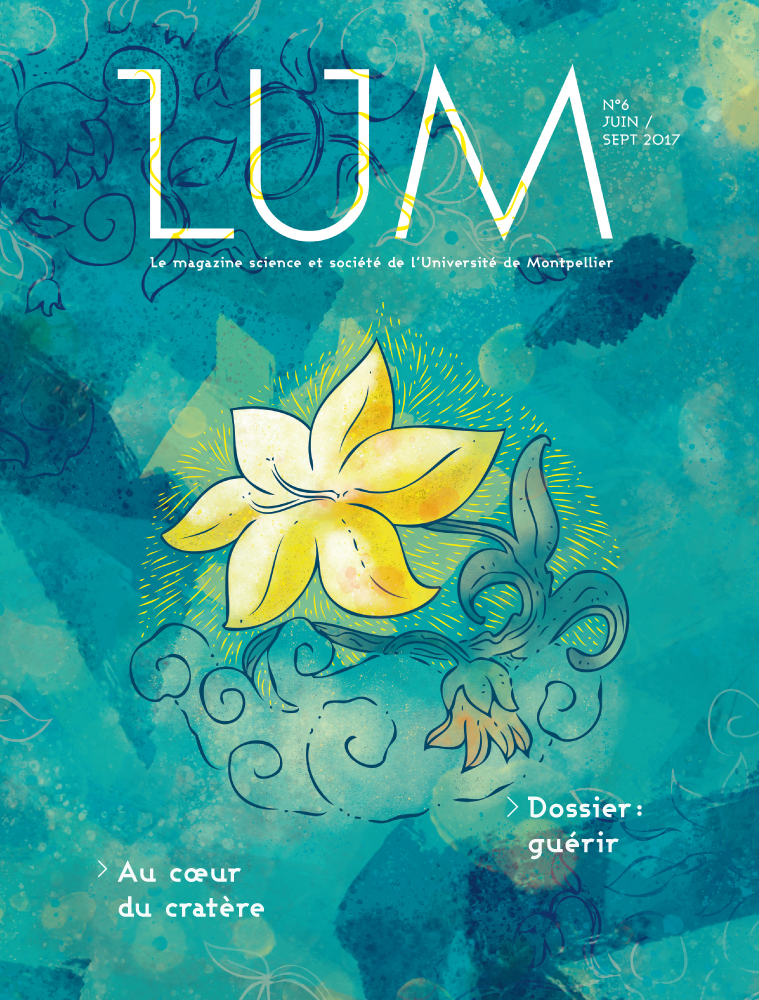
June–September 2017
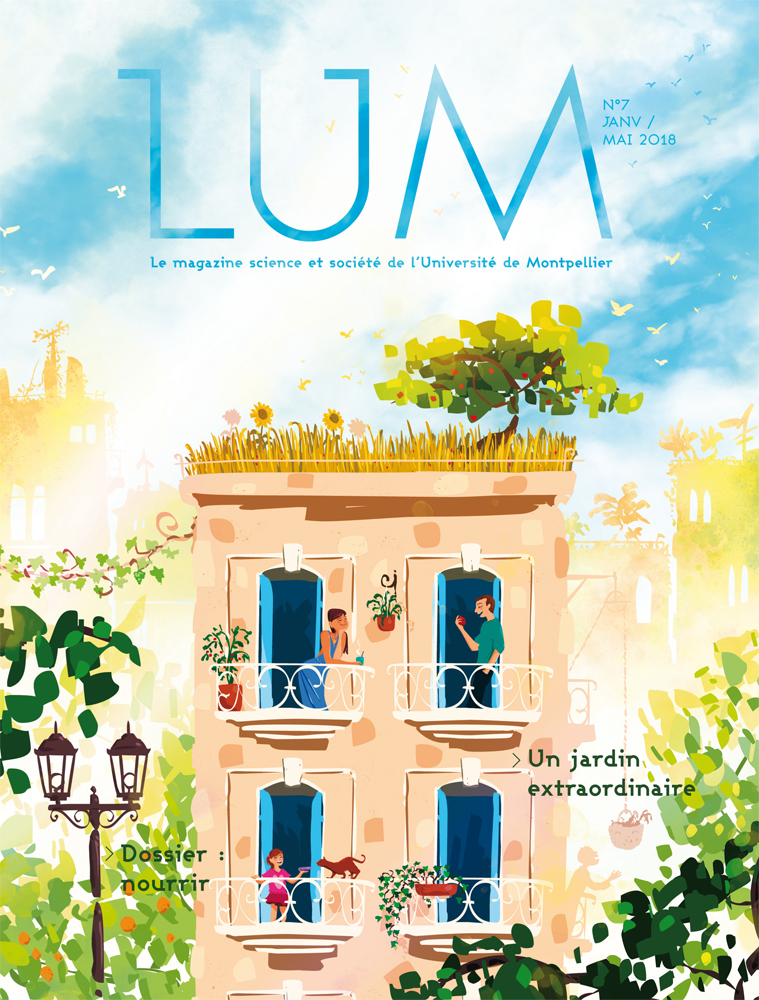
January–May 2018
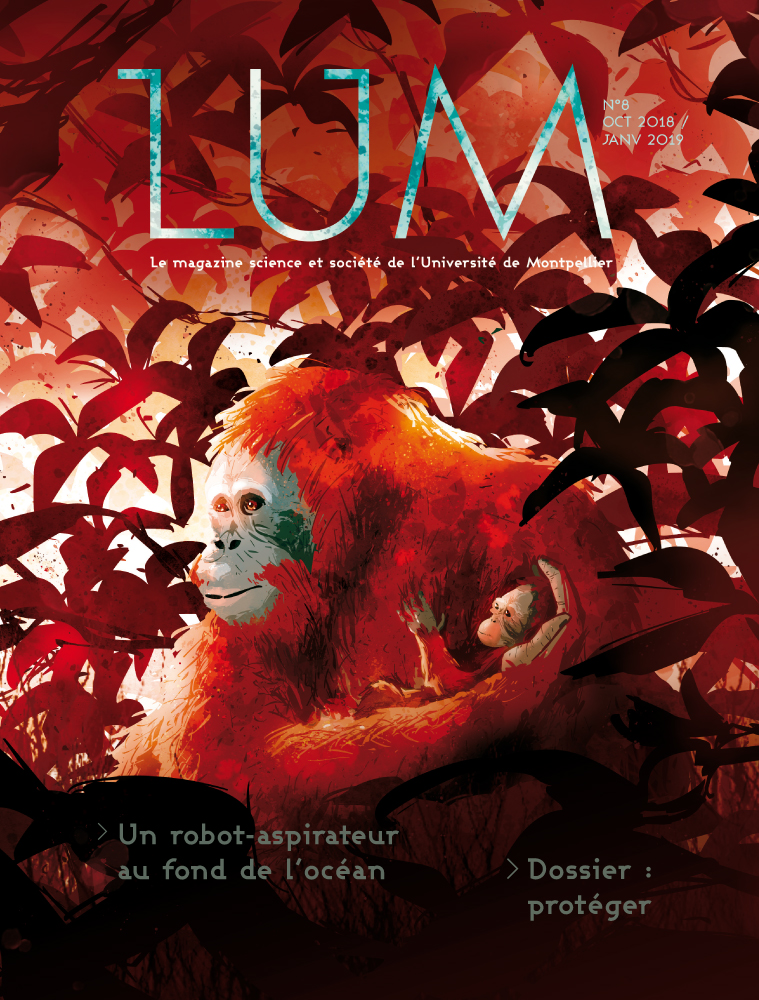
October 2018 – January 2019
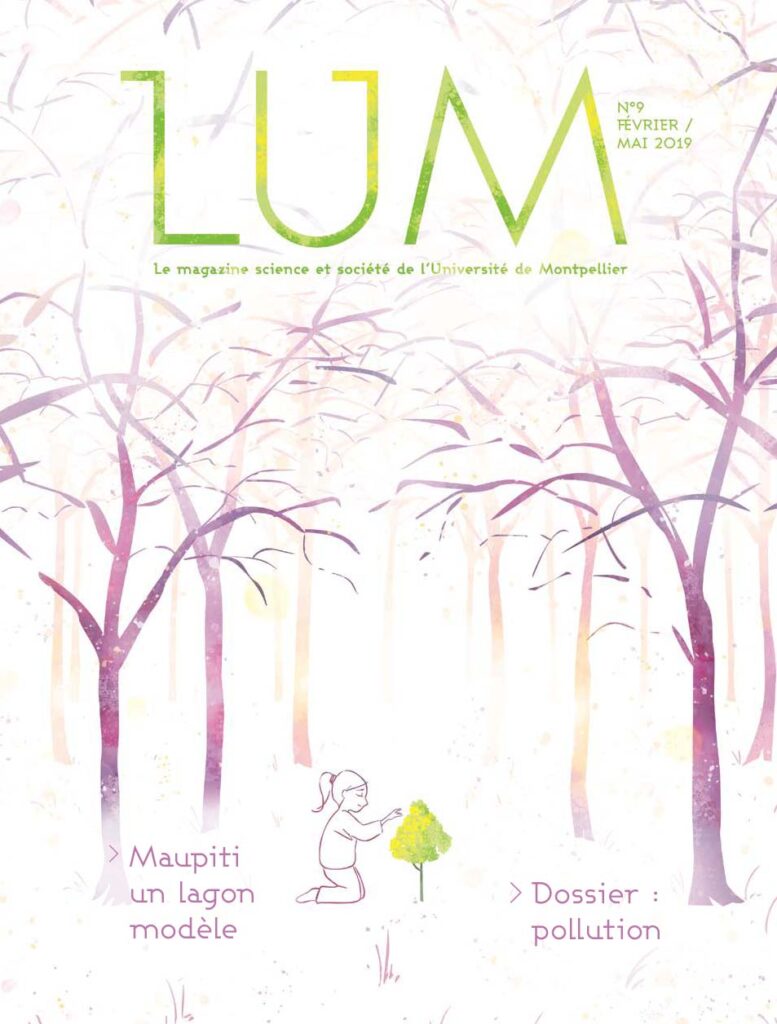
February–May 2019
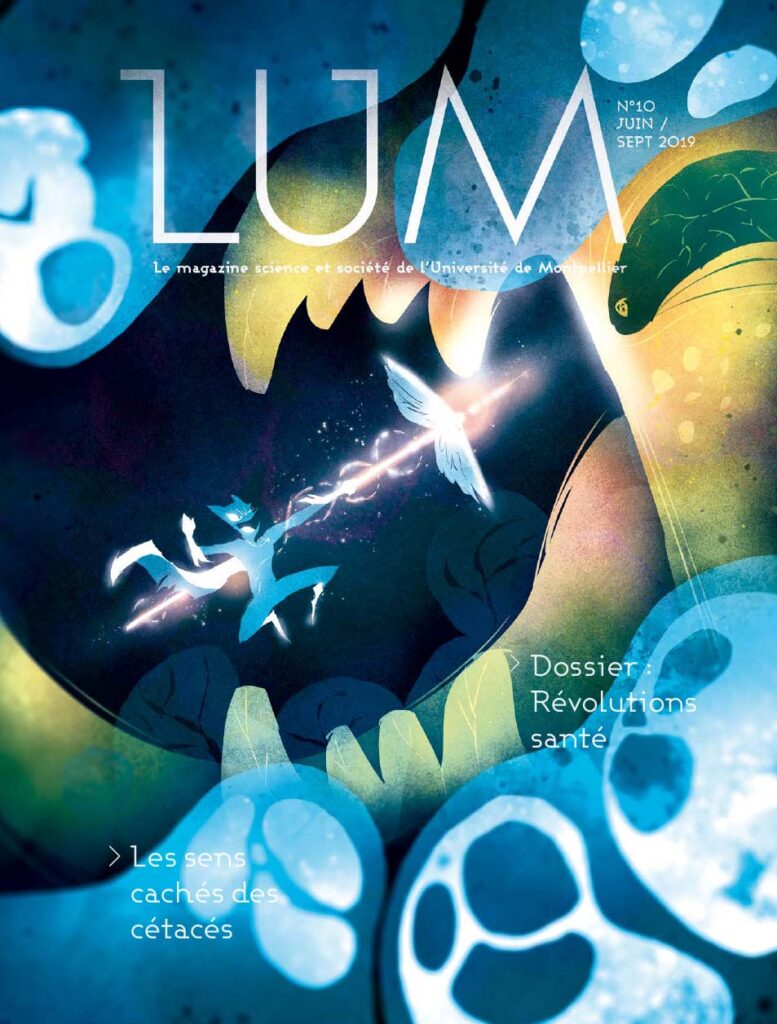
June–September 2019

November 2019 – January 2020
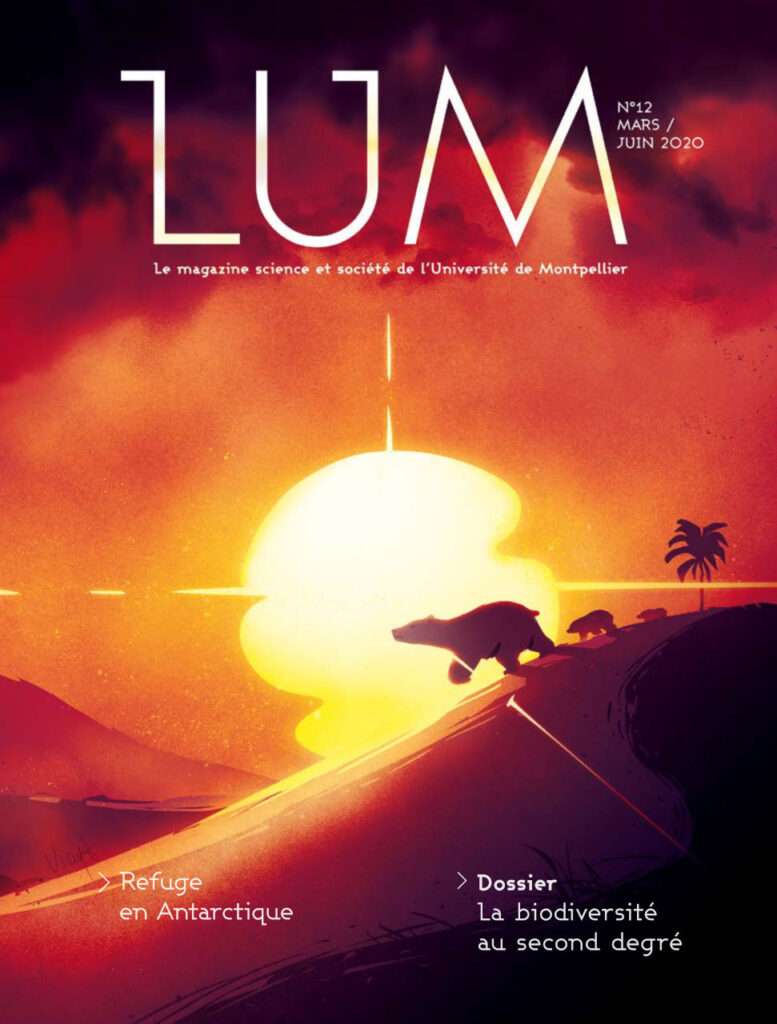
March–June 2020
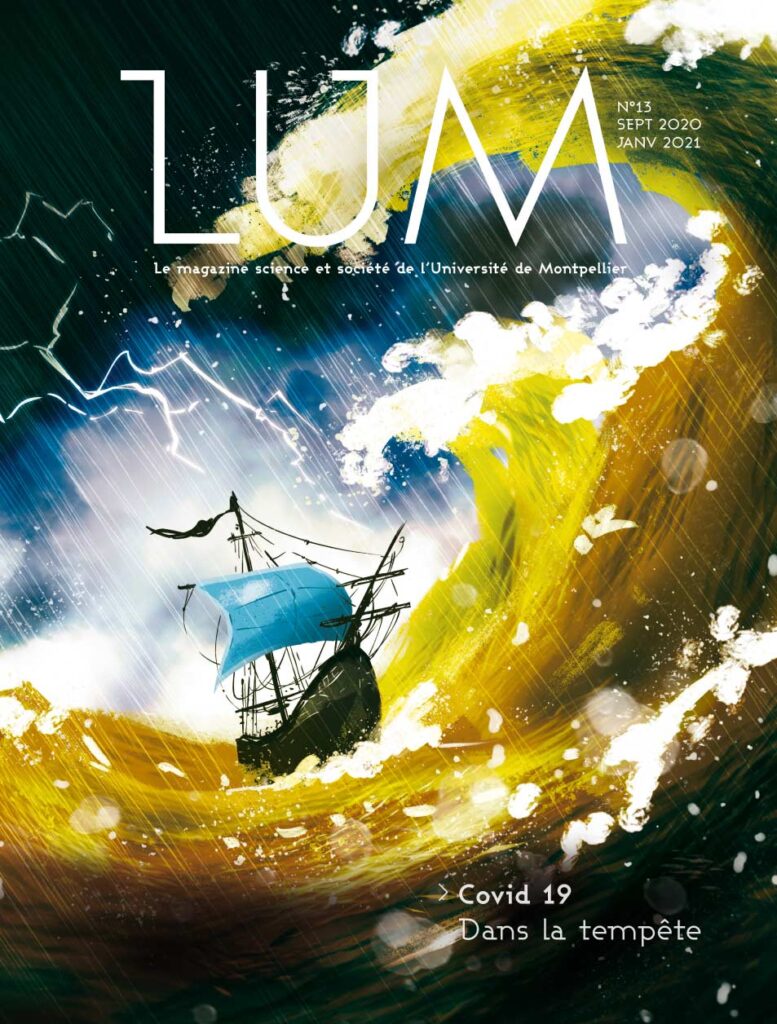
September 2020 – January 2021

February–May 2021
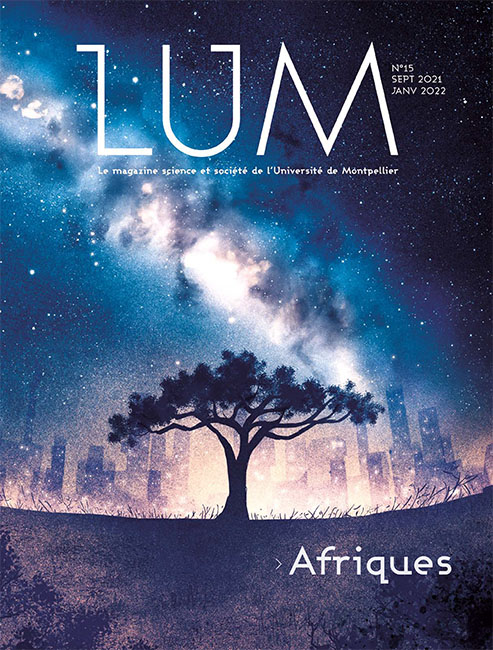
September 2021 – January 2022
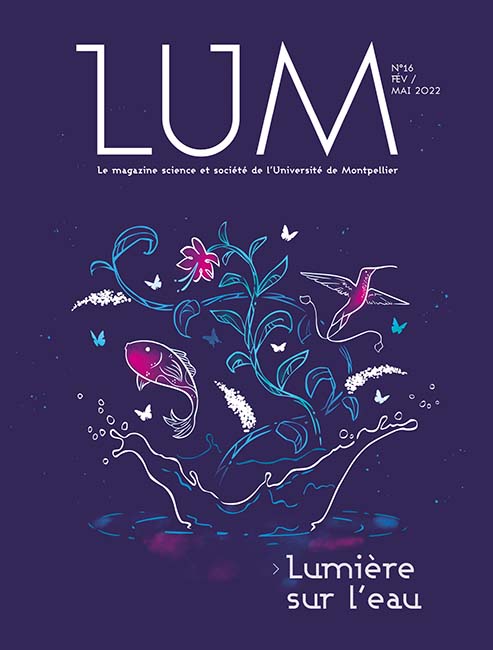
February–May 2022
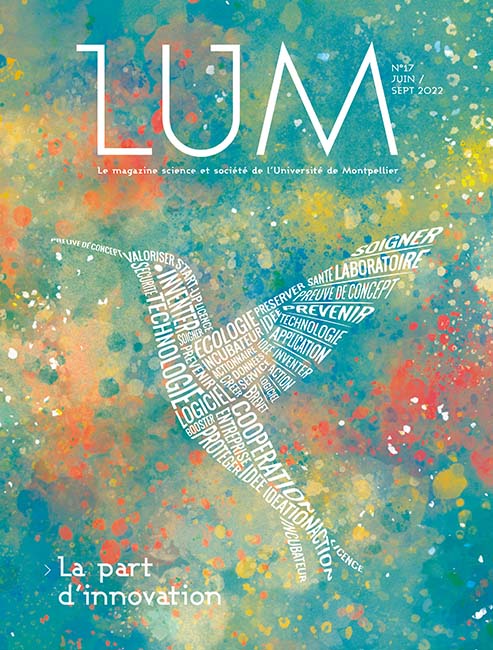
June–September 2022
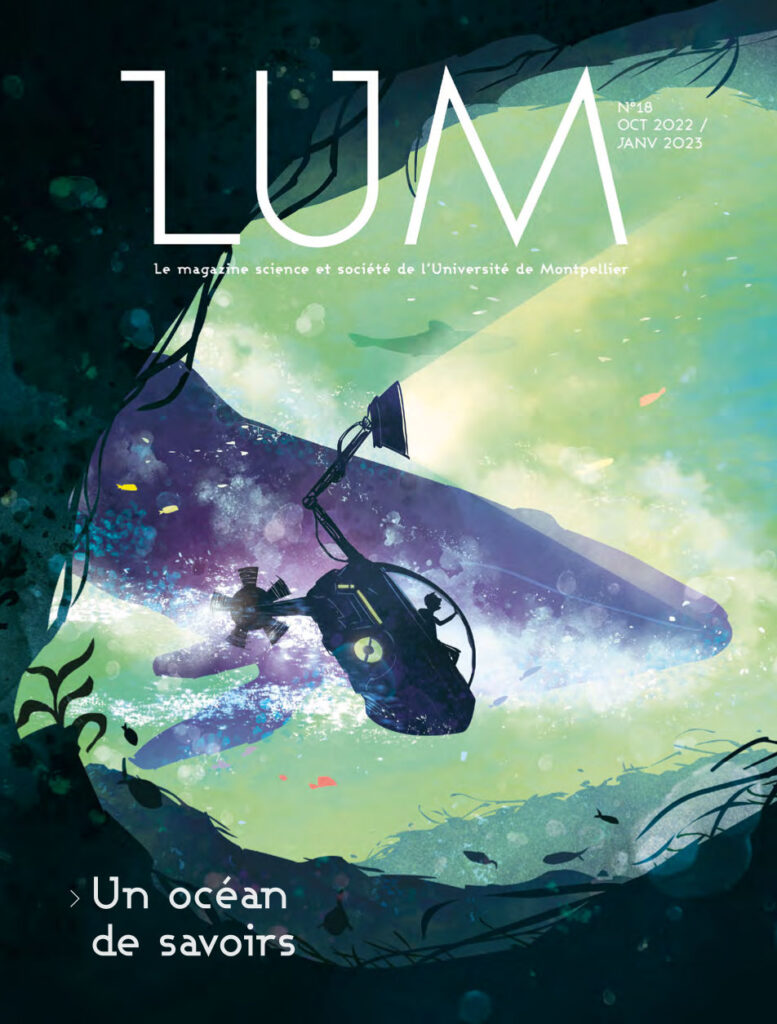
October 2022 – January 2023
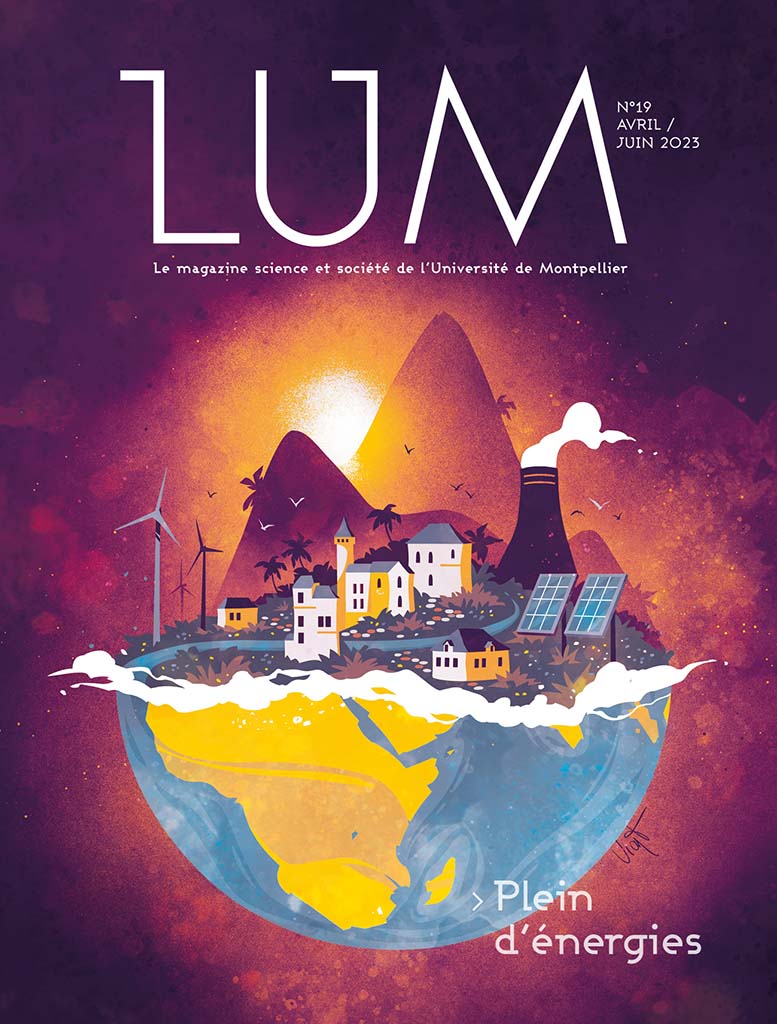
April–June 2023

September 2023 – January 2024
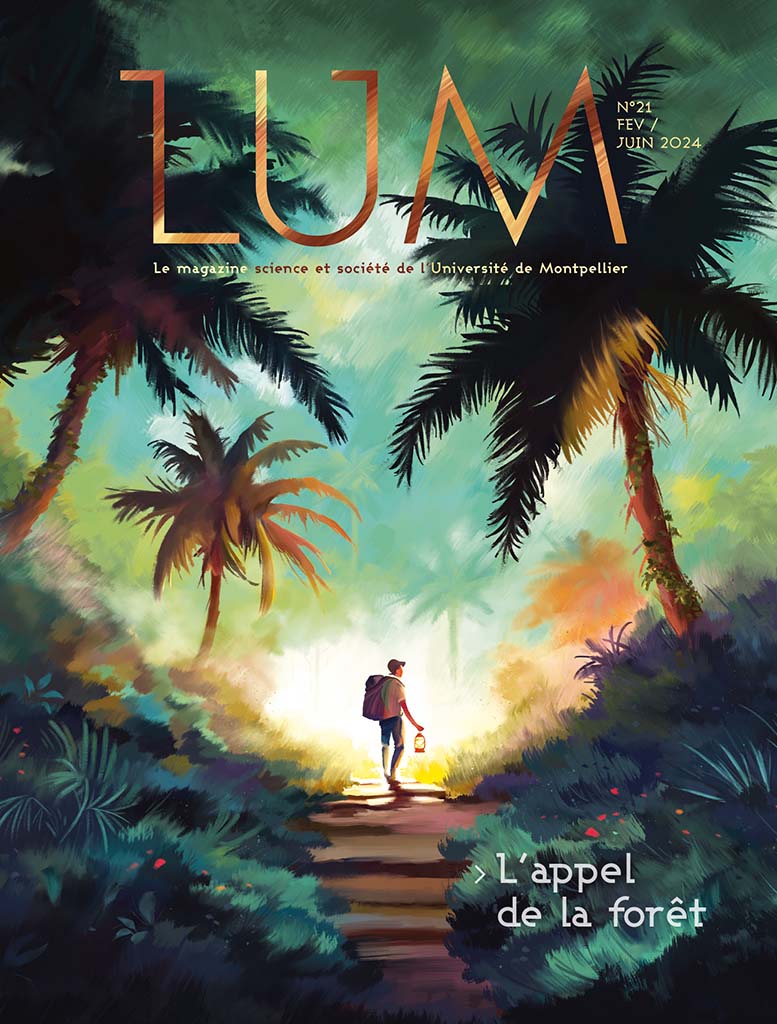
February–June 2024

October 2024 – January 2025
Download past issues
- LUM No. 1 Oct-Feb 2016
- LUM No. 2 Feb-May 2016
- LUM No. 3 June-October 2016
- LUM No. 4 Oct. 2016-Jan. 2017
- LUM No. 5 February-June 2017
- LUM No. 6 June–September 2017
- LUM No. 7 January–May 2018
- LUM No. 8 October 2018 – January 2019
- LUM No. 9 February 2019 – May 2019
- LUM No. 10 June–September 2019
- LUM No. 11 November 2019 – February 2020
- LUM No. 12 March–June 2020
- LUM No. 13 September 2020 – January 2021
- LUM No. 14 February–May 2021
- LUM No. 15 September 2021 – January 2022
- LUM No. 16 February 2022 – May 2022
- LUM No. 17 June–September 2023
- LUM No. 18 October 2022 – January 2023
- LUM No. 19 April–June 2023
- LUM No. 20 September 2023 – January 2024
- LUM No. 21 February–June 2024
Download the cover wallpaper
- Wallpaper LUM 22 day
- Wallpaper LUM 22 night
- Wallpaper LUM 21
- Wallpaper LUM 20
- Wallpaper LUM 19
- Wallpaper Lum 18
- Wallpaper Lum 17
- Wallpaper Lum 16
- Wallpaper Lum 15
- Wallpaper Lum 14
- Wallpaper Lum 13
- Wallpaper Lum 12
- Wallpaper Lum 11
- Lum 10 Wallpaper
- Lum 9 Wallpaper
- Wallpaper Lum 8
- Wallpaper Lum 7
- Wallpaper Lum 6
- Lum 5 Wallpaper
- Wallpaper Lum 4
- Wallpaper Lum 3
- Wallpaper Lum 2